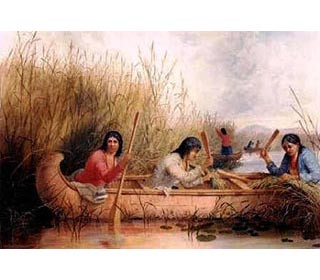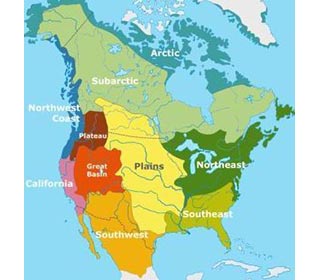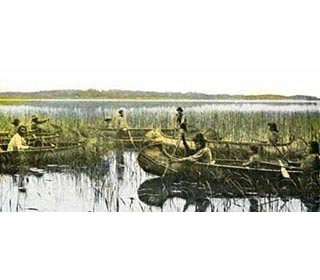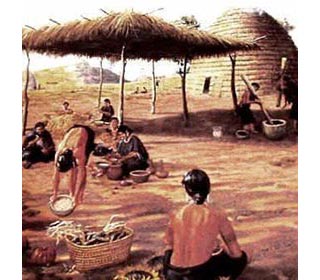What clothes did the Goshute tribe wear?
The clothes worn by the Great Basin Goshute men traditionally consisted of breechcloths or aprons made from sagebrush bark. In cold weather they wore twined bark leggings and poncho-like shirts. Goshute clothes were made from fibers harvested from sagebrush bark and tule (a type of bulrush). The fibers were dampened and then pummeled by the women of the Goshute tribe until they could be woven or twined. Robes, or cloaks, were made from furs, especially rabbit fur, for added warmth. Trade with the white settlers also provided blankets for the Goshute tribe. The clothes worn by the Goshute women were knee length woven fiber aprons as a single front covering or double apron that covered the front and the back. The Goshute tribe clothing also included clothes made of buckskin if deer inhabited their regions. Goshute clothing for both the men and women was adorned with fringes and feathers and jewelry made from beads and shells. With the advent of the white traders, western clothes were then worn by the Goshute triibe. What weapons did the Goshute tribe use?
The weapons used by the Goshute tribe were primitive and included bows and arrows, stone knifes, spears, rabbit sticks and digging sticks. What were the rituals and ceremonies of the Goshute tribe?
The rituals and ceremonies of the Goshute tribe and many other Great Basin Native Indians included the Goshute Bear Dance and the Sun Dance which first emerged in the Great Basin, as did the Paiute Ghost Dance. Another important ceremony of the Goshute tribe was the Round Dance which was associated with the pinyon (pine nut) harvest and performed in supplication for increased food supply and bringing rain. Tricksters also featured in the legends and mythology of the Great Basin people as do heroic figures or "transformers" who transform, or change, the world into its present state. Goshute History Timeline: What happened to the Goshute tribe?
The following history timeline details facts, dates and famous landmarks and battles fought by the Nation. The Goshute timeline explains what happened to the people of their tribe. Goshute History Timeline 1000: Woodland Period including the Adena and Hopewell cultures established along rivers in the Northeastern and Midwestern United States which included trade exchange systems 1580: The Spanish make the first white contact with the Goshute tribe 1598: The Spanish settle and trade is established with the tribe 1781: Smallpox epidemic kills many people of the Goshute tribe 1821: Spanish rule is replaced by Mexico and the Santa Fe trail opens 1847: Mormons settled in the Great Salt Lake valley 1848: Outbreak of a series of devastating cholera and smallpox epidemic 1853: The Walker War (1853–1854) with the Ute Indians begins over slavery among the Indians. Wakara (Walker) leads the Utes in Utah in a series of raids on Mormon settlements 1854: The Ute War starts 1861: The American Civil (1861 - 1865). During this time the Shoshone raided Pony Express routes, stagecoaches and wagon trains 1862: Colonel Patrick Conner founded Fort Douglas Salt Lake City 1863: October 12, Treaty of Tooele Valley 1865: Ute Wars (1865 - 1872) broke out in Utah due to Mormon settlers taking over their lands 1869: Union Pacific and Central Pacific transcontinental Railroad met at Promontory Point, Utah 1912: Skull Valley Reservation established
What happened to the Goshute tribe?
There are now two bands of the Goshute Nation, the Confederated Tribes of the Goshute Reservation of Wendover that covers 112,870 acres, Utah/Nevada and the Skull Valley Band of Goshute located at Tooele County, at Skull Valley, Utah that covers 17,920 acres. |



